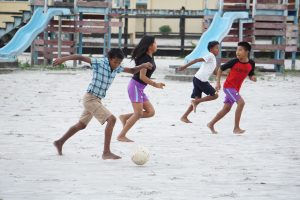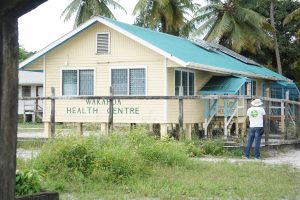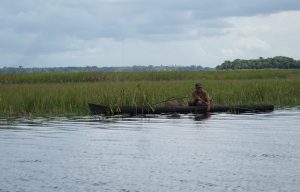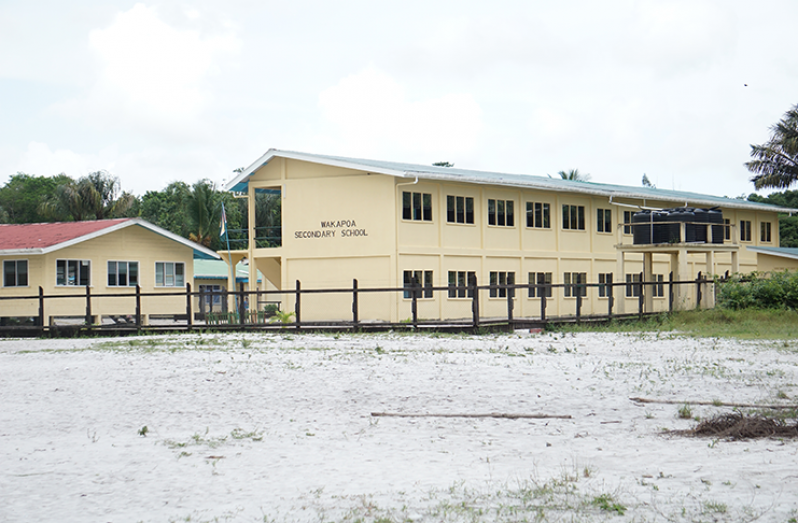By Michel Outridge
THE Pepperpot Magazine briefly visited Wakapoa Village which is located in the Pomeroon on the Wakapoa River, a tributary on the west bank of the Pomeroon River and is about three kilometres from its mouth and is home to about 2,500 residents.

Wakapoa is a picturesque indigenous community that is very sandy and has a few hills; it is surrounded by swamplands, savannahs that run for miles upon miles and cold creek water which is black and is used for household purposes and bathing.
The Toshao Howard Cornelius said that the village is made up of mostly Arawaks and Warraus who have managed to maintain and preserve their traditional language and culture.
He added that Wakapoa is a very small community but is still large in the geographical sense, due to its location. The residents are involved in subsistence farming, while some young men leave the village to work in mining camps in other far-flung areas.
Cornelius stated that some folks are also engaged in the lumber business but on a small scale; and the village is almost self-sufficient, outfitted with the basic amenities and meets the needs of the people.
The village leader is very strict when it comes to the rules in the reservation; as such, alcohol is prohibited and only indigenous wines are permitted in the heritage month activities.
“We have the main health centre here, a secondary school with a dormitory for out-of-village pupils, a primary school, a nursery school and a large playfield area,” he said.
Cornelius added that they have two other primary schools, one of which is seven miles away and they have overnight accommodation that is very affordable; meals are all locally prepared fresh and they have community boats that ferry people in and out of the village.

Toshao of Wakapoa
Village
Earlier this year, Wakapoa Village benefitted from a brand new bridge which leads from the riverfront into the village. It has solar lights and guard rails and the project was undertaken by the Ministry of Public Infrastructure at a cost of $19M.
The bridge serves as a walkway which makes it accessible for farmers and others to carry their produce and other goods easily from their boats to their homes.
The Wakapoa residents, especially women who fetch farm produce and children attending school, are very relieved, since the bridge serves as the main access on their daily route.
For many years, villagers traversed between the two islands of Mairi to Boroda, walking on logs. Later, a small wooden bridge only two feet wide was built, but it became dilapidated and caused several injuries to many utilising it.

According to Toshao Howard Cornelius, it was announced at the 2018 Toshaos’ Conference that the construction of the new bridge would be undertaken by the Public Infrastructure Ministry. Cornelius also noted that several residents from the community gained employment through this project. “We thank the Government for being proactive and funding this bridge.”
The Pepperpot Magazine also met Marcy Fredericks, who has a small shop with every little item, including cold non-alcoholic beverages and snacks.
The mother of two is a native, who has lived all her life in the community and cannot see herself moving away from her village and family.

She has been a small business owner for about five years and it is her only source of income, but her shop is located within the school area and it is ideal for business.
By being self-employed, Frederick’s feels empowered because she can work at her own pace and is earning even though her business is not very fast.
She added that they have Digicel cellphone service and basically everything that is needed to make their lives meaningful and it is a very safe place to live.
“It is virtually crime-free and you don’t have to worry about anything; and we live in peace and quiet here without any major issues affecting us because we eat from the river and the ground; that is, we farm and we catch fish,” she said.



.jpg)









